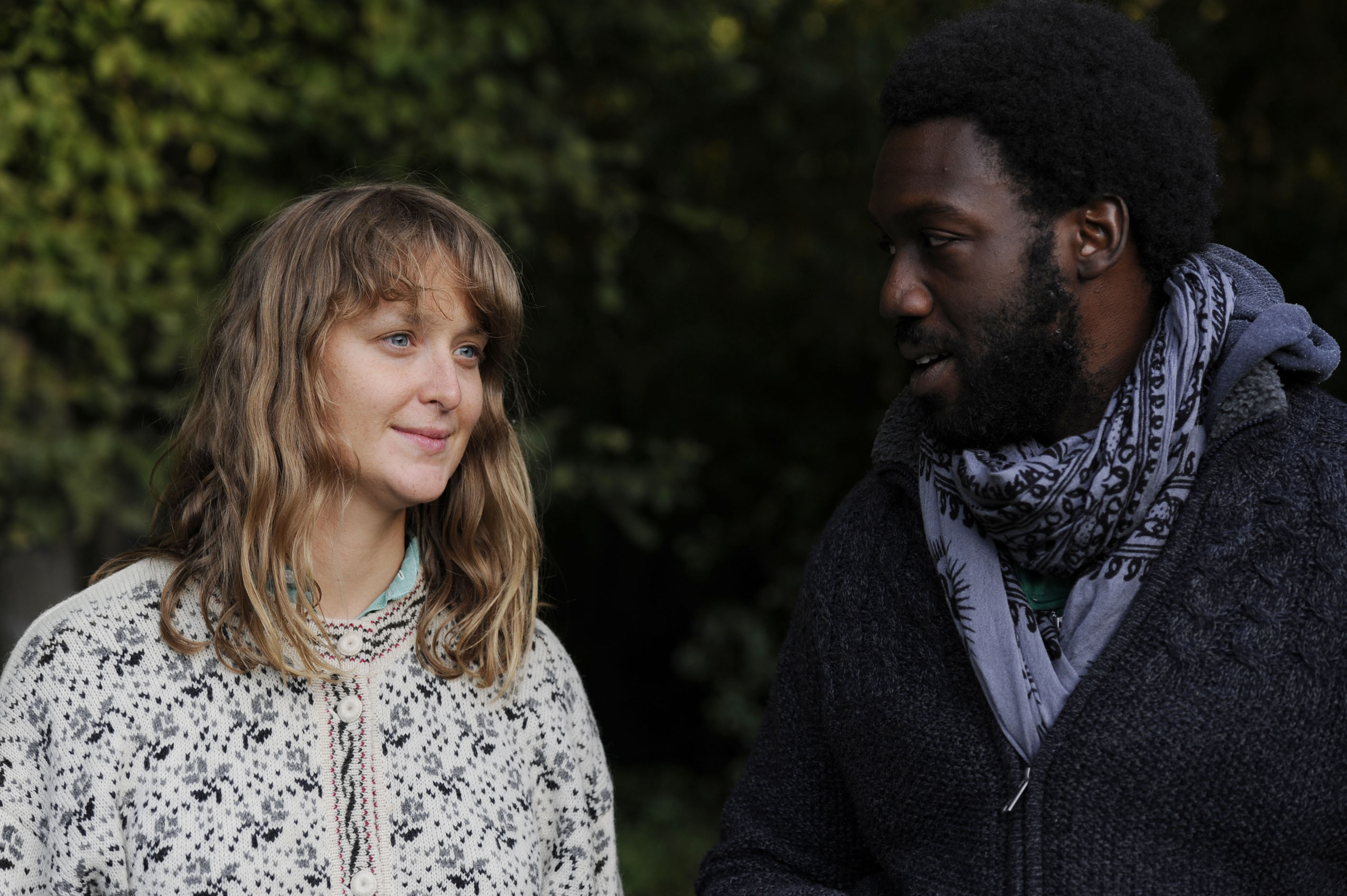A character study as well as a meditation on communication, creativity, and physical space, TAKE WHAT YOU CAN CARRY is a picture of a young woman seen through the interiors she occupies and the company she keeps. A North American living abroad, Lilly (Hannah Gross, I USED TO BE DARKER) aspires to shape an intimate and private place of her own while remaining connected to the world around her. When she receives a letter from home, it provides the conduit she needs to fuse her transient self with the person she’s always known herself to be.
My first film made away from home, TAKE WHAT YOU CAN CARRY is my most personal and formally playful work yet. Inspired by George Perec’s text Species of Spaces, it imagines a character in transition, living in a foreign city for an indeterminate amount of time, trying to balance the various and distinct public and private manifestations of her personality.
Named after the first movie I ever saw (Charles Waters’ LILI) and the muse in Ryu Murakami’s Almost Transparent Blue, Lilly is that rare multidimensional screen character: gripping yet mercurial, grounded by the performance of the actor who plays her. The other central character in the film, Lilly’s grandmother, is never seen. She is only heard through the letter Lilly receives from her and reads aloud, an actual letter written by my grandmother to me.
For the supporting roles, I was extremely lucky to cast a number of actors I’ve admired from afar, including Angela Shanelec, Jean-Christophe Folly, and members of the Berlin-based theatre company Gob Squad. The excellent technical and producing team was European and the film was funded through a grant from The Wexner Center for the Arts and a fellowship from the Harvard Film Study Center. It was written and produced in three months.
Because everything came together very quickly, I found myself writing for imagined locations while actively scouting real ones, adding new scenes to include the people and places I found along the way. It was a continuing dialogue with Berlin and the friends I’ve made there, but in the end there is almost nothing of the city on screen except the sounds, as if its image existed only in the collective imagination.
“I would like there to exist places that are stable, unmoving, intangible, untouched and almost untouchable, unchanging, deep-rooted; places that might be points of reference, of departure, of origin…Such places don’t exist, and it’s because they don’t exist that space becomes a question, ceases to be self-evident, ceases to be incorporated, ceases to be appropriated. Space is a doubt: I have constantly to mark it, to designate it. It’s never mine, never given to me, I have to conquer it.”
- Georges Perec
My first film made away from home, TAKE WHAT YOU CAN CARRY is my most personal and formally playful work yet. Inspired by George Perec’s text Species of Spaces, it imagines a character in transition, living in a foreign city for an indeterminate amount of time, trying to balance the various and distinct public and private manifestations of her personality.
Named after the first movie I ever saw (Charles Waters’ LILI) and the muse in Ryu Murakami’s Almost Transparent Blue, Lilly is that rare multidimensional screen character: gripping yet mercurial, grounded by the performance of the actor who plays her. The other central character in the film, Lilly’s grandmother, is never seen. She is only heard through the letter Lilly receives from her and reads aloud, an actual letter written by my grandmother to me.
For the supporting roles, I was extremely lucky to cast a number of actors I’ve admired from afar, including Angela Shanelec, Jean-Christophe Folly, and members of the Berlin-based theatre company Gob Squad. The excellent technical and producing team was European and the film was funded through a grant from The Wexner Center for the Arts and a fellowship from the Harvard Film Study Center. It was written and produced in three months.
Because everything came together very quickly, I found myself writing for imagined locations while actively scouting real ones, adding new scenes to include the people and places I found along the way. It was a continuing dialogue with Berlin and the friends I’ve made there, but in the end there is almost nothing of the city on screen except the sounds, as if its image existed only in the collective imagination.
“I would like there to exist places that are stable, unmoving, intangible, untouched and almost untouchable, unchanging, deep-rooted; places that might be points of reference, of departure, of origin…Such places don’t exist, and it’s because they don’t exist that space becomes a question, ceases to be self-evident, ceases to be incorporated, ceases to be appropriated. Space is a doubt: I have constantly to mark it, to designate it. It’s never mine, never given to me, I have to conquer it.”
- Georges Perec
-
 BastianArt Director Anna-Sofie Hartmann and actor Jean-Christophe Folly.
BastianArt Director Anna-Sofie Hartmann and actor Jean-Christophe Folly. -
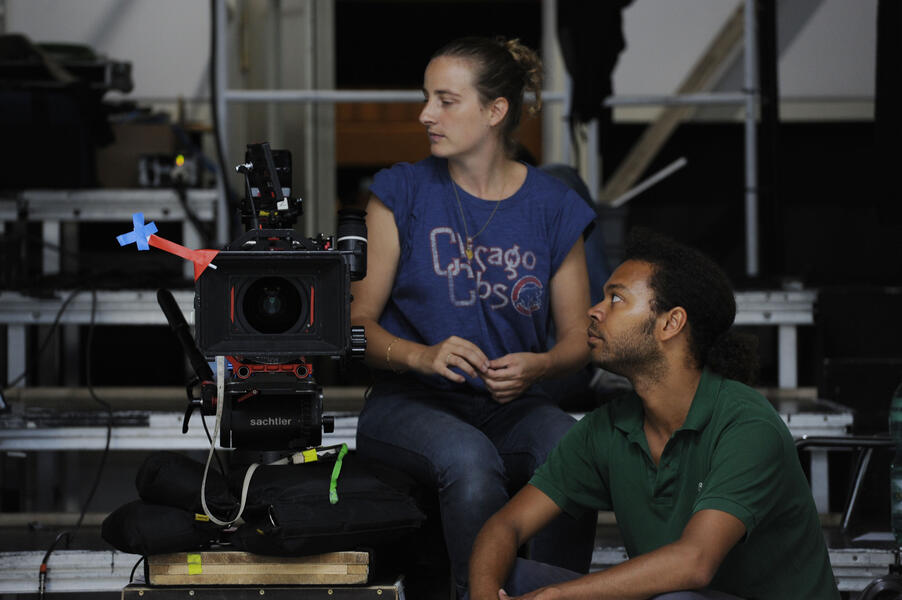 Jenny LouDoP Jenny Lou Ziegel and AC Tom Akinleminu (photo: Iris Janke)
Jenny LouDoP Jenny Lou Ziegel and AC Tom Akinleminu (photo: Iris Janke) -
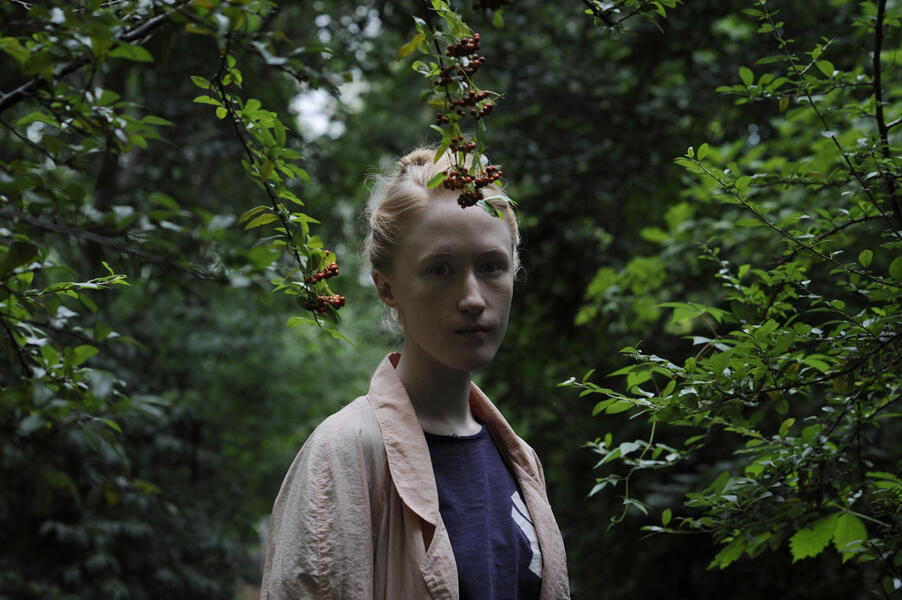 BrittaBritta Thie (photo: Iris Janke)
BrittaBritta Thie (photo: Iris Janke) -
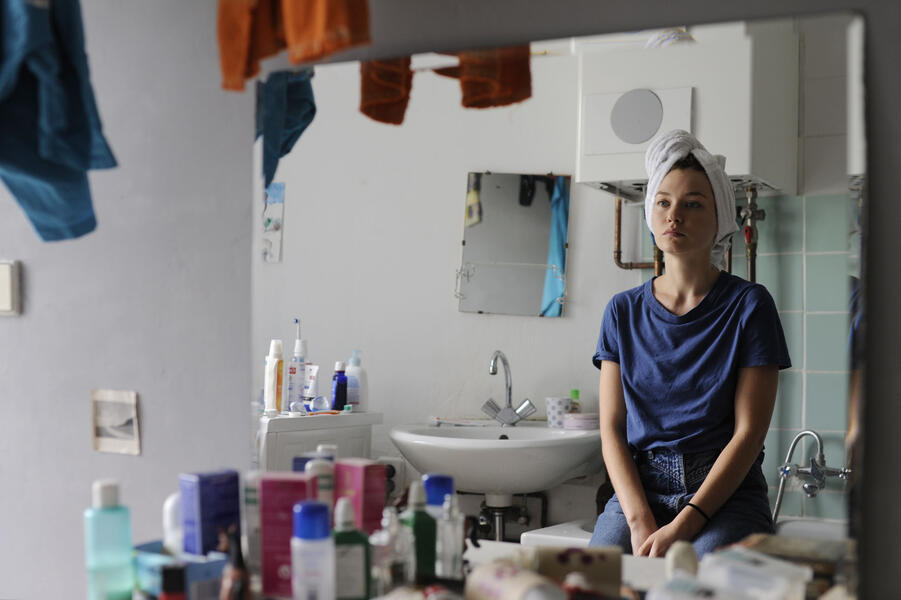 ReflectionHannah Gross as Lilly (photo: Iris Janke)
ReflectionHannah Gross as Lilly (photo: Iris Janke) -
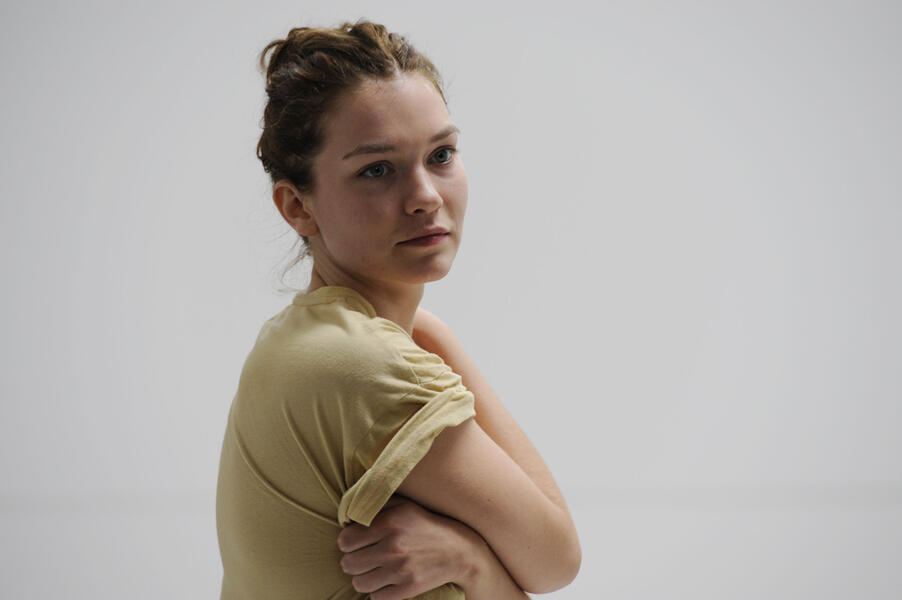 HannahHannah Gross as Lilly (photo: Iris Janke)
HannahHannah Gross as Lilly (photo: Iris Janke) -
 Gob SquadHannah Gross performing with Gob Squad (photo: Iris Janke)
Gob SquadHannah Gross performing with Gob Squad (photo: Iris Janke) -
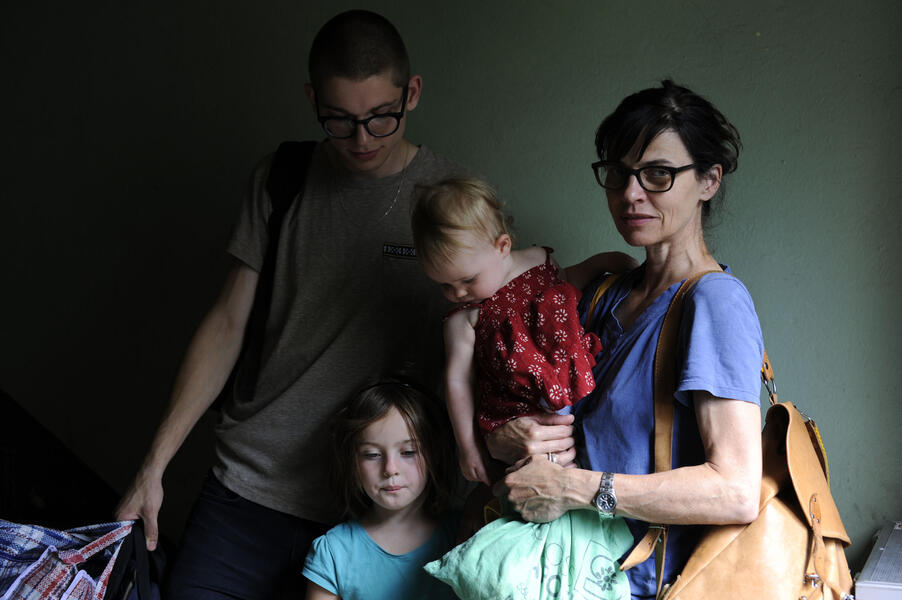 FamilyLouis Shanelec, Milena Gheorghiu, Ada Marie Schwitte and Angela Shanelec (photo: Iris Janke)
FamilyLouis Shanelec, Milena Gheorghiu, Ada Marie Schwitte and Angela Shanelec (photo: Iris Janke) -
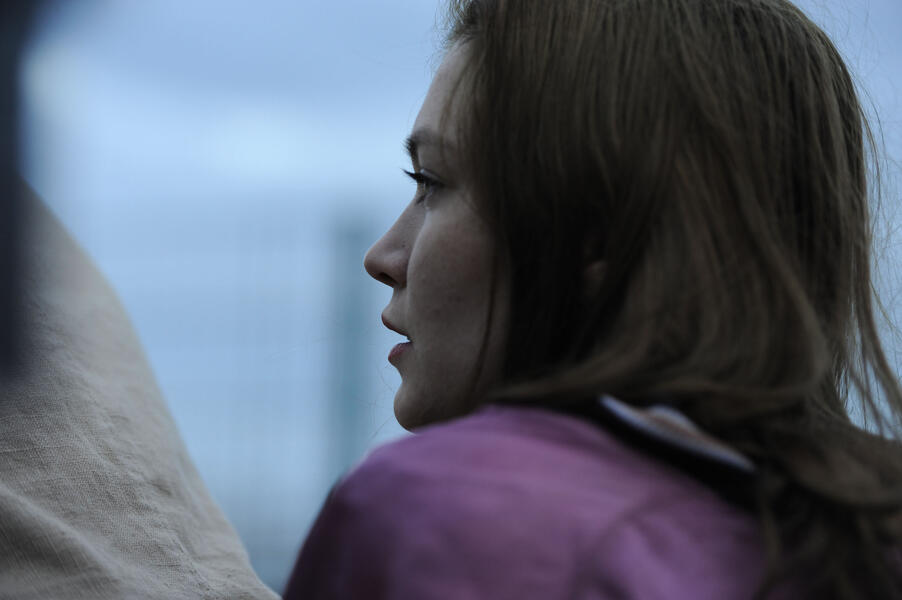 MorningHannah Gross as Lilly (photo: Iris Janke)
MorningHannah Gross as Lilly (photo: Iris Janke) -
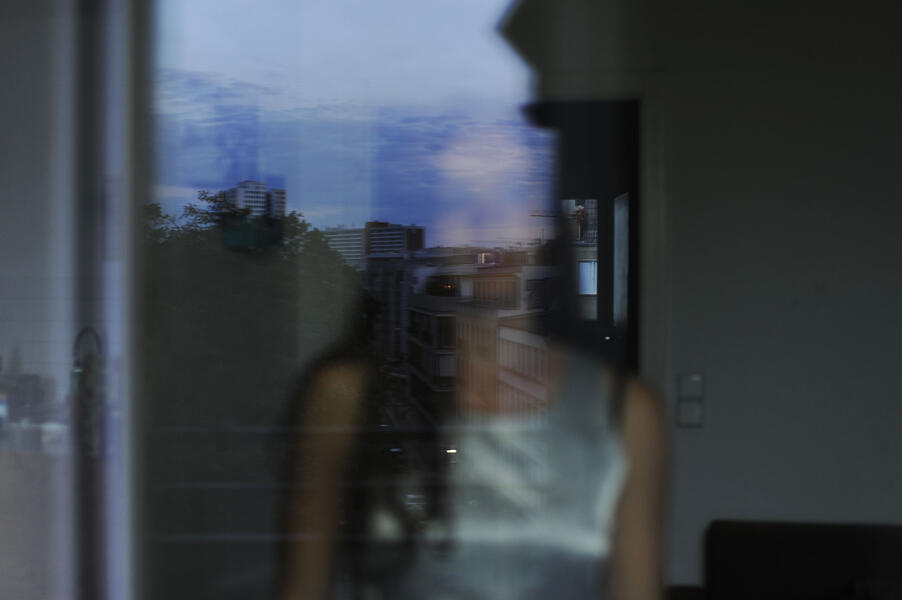 BerlinHannah Gross as Lilly (photo: Iris Janke)
BerlinHannah Gross as Lilly (photo: Iris Janke) -
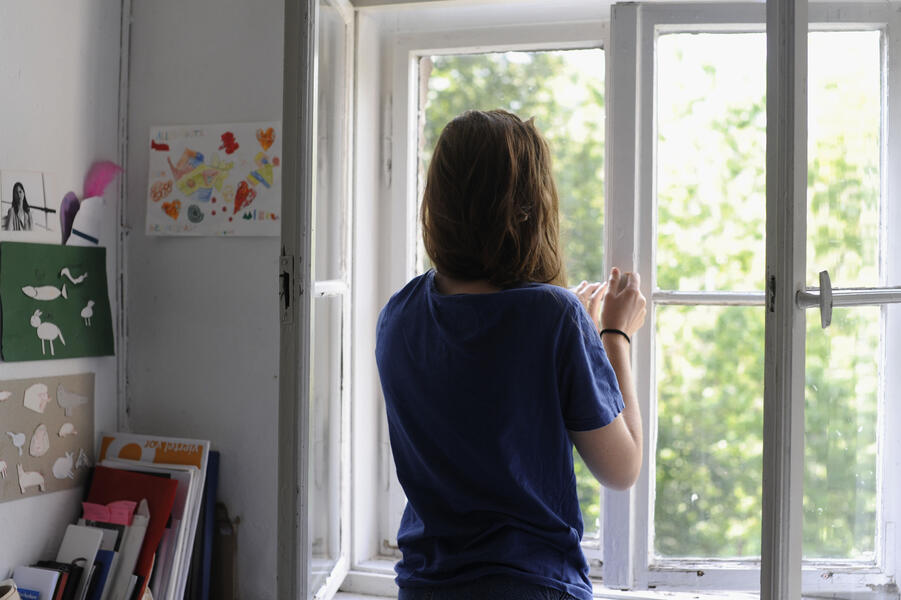 LillyHannah Gross as Lilly (photo: Iris Janke)
LillyHannah Gross as Lilly (photo: Iris Janke)
